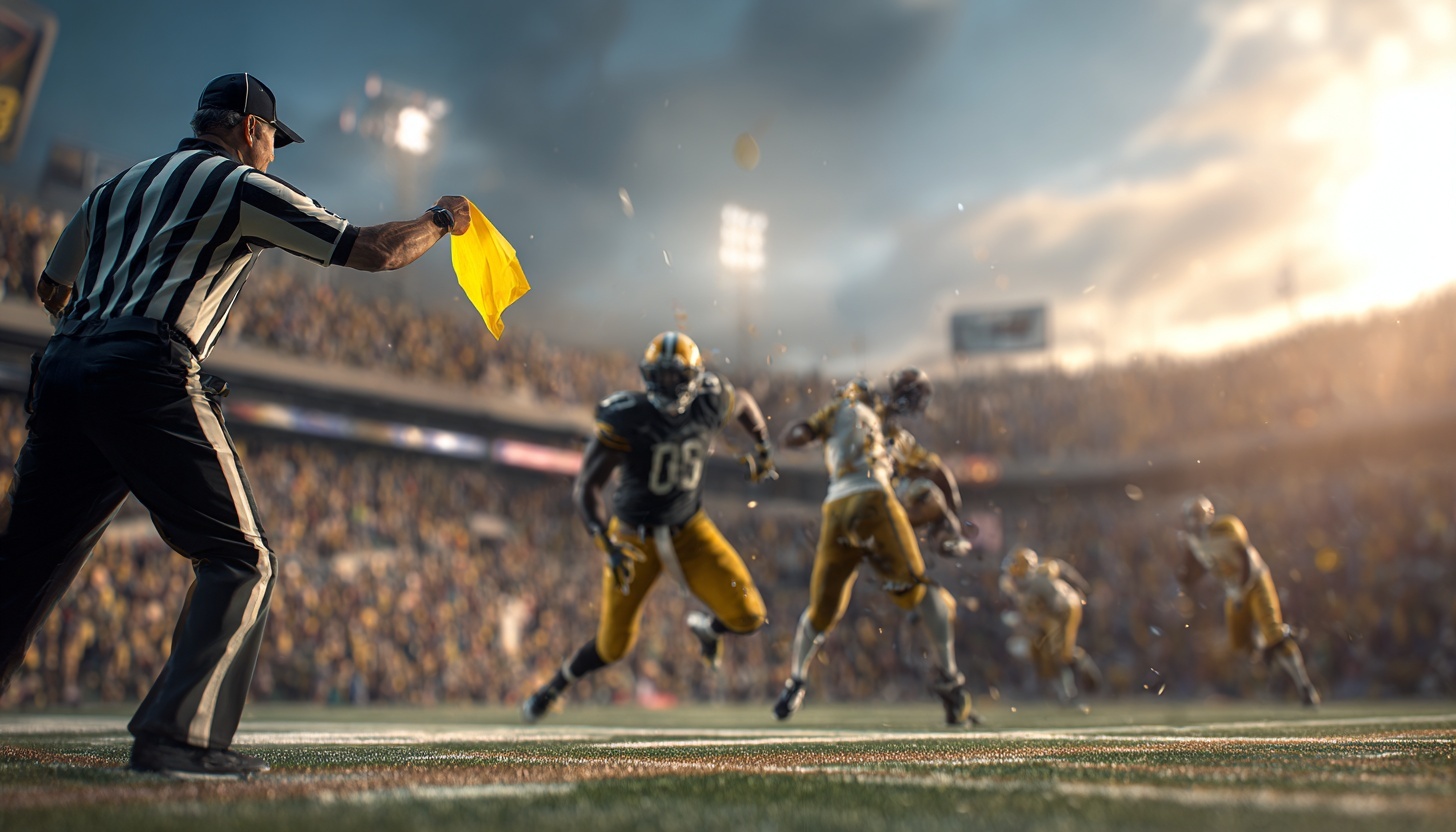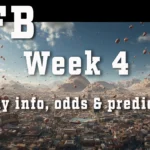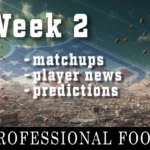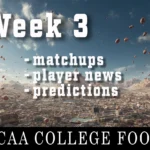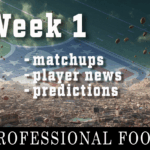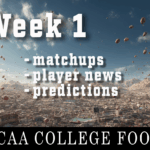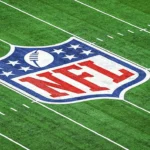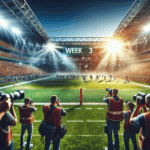NFL penalties mirror matchups and game state—not market size or star power.
The “rigged” narrative falls apart once you look at style and situation. Flags spike when press corners collide with vertical attacks, when mobile quarterbacks stretch time-to-throw, and when desperation drives late-game snaps. It’s not about who the league wants to win—it’s about what the film says will draw laundry.
Automate your tasks by building your own AI powered Workflows.
Player’s know the Risk level
If you’ve or have been coached or scouted, you know the scheme drives risk. Press-man plus a jump-ball receiver invites Defensive Pass Interference impact plays. Furthermore, vertical routes magnify hand-fighting downfield. QBs who extend plays create longer blocking windows—more chances for offensive holding. Heavy release from routes and scramble drills? Certainly expect more illegal man downfield calls. None of that needs a tinfoil hat; it’s just football math.
Game State and Environment Factors
Game state turns the dial. Teams chasing points hurry tempo, stretch the field, and block on islands—flags follow. Consequently, two-minute and fourth-quarter snaps compress space for DBs and widen it for OL, which means more borderline grabs get exposed. Environment matters too: road noise equals false starts; slick turf and wind change footwork timing, which changes contact timing. Altogether those are situational levers, not conspiracies.
Official Tendency is a Factor
Crew tendencies are real—and exploitable—without implying bias. Some crews call a tight illegal contact; others swallow the whistle on hand checks but hammer holds. Weekly “points of emphasis” shift the edge as well, creating short-lived spikes in specific penalties before teams adjust. When you control for crew plus style plus situation, the supposed big-market bias flattens.
Prediction is Possible
How to price it on gameday: 1) Check the assigned crew’s historical tilt. Comparatively Defensive Pass Interference vs holding vs illegal contact. 2) Map WR/CB archetypes. Basically press corners vs go-ball merchants is a flag magnet. 3) Note QB time-to-throw and OL cohesion/injuries; longer plays invite holds. 4) Anticipate game script. Certainly live totals and late-drive flags correlate with trailing teams chasing chunk plays. 5) Weather and noise. Consequently domes reduce pre-snap chaos, hostile road barns elevate it. Stop blaming the zebras. Henceforth, start baking officiating variance into your card—and you’ll stop seeing smoke where there’s just scheme and situation.
Related Article
Did you enjoy this topic? Check out this related story.
Debunking your favorite NFL officiating conspiracy theories
https://www.espn.com/nfl/story/_/id/46087159/debunking-nfl-officiating-conspiracy-theories-data
Ask most NFL fans what they think about referees, and they’ll likely say that the refs have it out for their team. Or the officials don’t know what they’re doing. And they definitely want the Kansas City Chiefs to win.
Well, NFL fans, ESPN ran the numbers, and as an overall trend, these theories just don’t stand up.
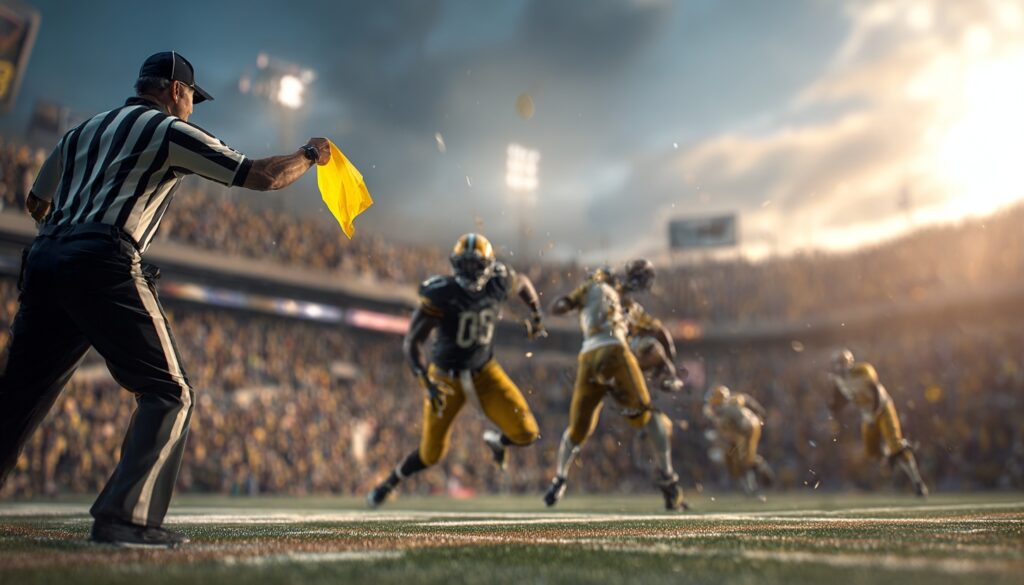
Related Articles
- Week 4 NCAA CFB Mega-Preview: Florida–Miami lights the night while OU–Auburn, Tech–Utah set the tone
- Week 2 NFL Breakdown: Eagles–Chiefs Is the Must-Watch Showdown
- Week 3 NCAA CFB Heat Check: Georgia at Tennessee headlines a loaded slate
- NFL Week 1 Picks & Odds: Hot Game of the Week — Ravens at Bills
- Week 2 NCAA CFB Heat Check: Michigan at Oklahoma is the primetime must‑watch
- NFL Flags Aren’t Rigged: Penalties Mirror Matchups, Tempo, and Game State
- NCAA CFB Week 1 Heat Check: Texas at Ohio State headlines a wall‑to‑wall slate of must‑watch kickoffs
- Jaylon Johnson: Bears offense “not good enough” — Expect a defense-first Chicago
- NFL Preseason Week 3: Hot Game to Watch — Bears at Chiefs
- NFL Preseason Week 2 Watch List: Hot Game — Bills at Bears lights up Sunday night


